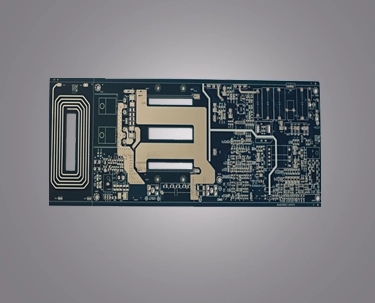What are the three-proof standards for aerospace circuit boards?
Aerospace circuit boards are one of the important components in the aerospace industry. This article will comprehensively analyze the three-proof standards for aerospace circuit boards, namely moisture-proof, salt spray-proof, and mildew-proof. Implementation of these standards is critical to ensuring flight safety. The reasonable design and implementation of moisture-proof, salt-spray-proof, and mildew-proof measures can greatly improve the stability and reliability of circuit boards, thereby ensuring the normal operation of the aircraft.
1. Moisture-proof
Moisture resistance is an important issue that must be considered in the design of aerospace circuit boards. In a humid environment, circuit boards are easily corroded by moisture, leading to reduced performance of electronic components and even short-circuit failures. Therefore, it is necessary to take a series of moisture-proof measures to protect the circuit board. This includes selecting materials with good moisture-proof properties to manufacture circuit boards, such as high-performance glass fiber reinforced materials and plastic films that can effectively isolate moisture. Secondly, encapsulate the circuit board and use encapsulation materials with good moisture-proof properties, such as epoxy resin, etc. In addition, temperature and humidity must be strictly controlled during the welding process to reduce the impact of moisture on the circuit board.
2. Anti-salt spray
Aerospace circuit boards often need to work in marine environments or areas containing salt spray, and salt spray is very corrosive to circuit boards. Therefore, preventing salt spray corrosion has become one of the essential considerations in circuit board design. In order to improve the salt spray resistance of circuit boards, protective coating technology can be used. This coating is usually an epoxy resin or polyurethane material, which can effectively prevent salt spray from corroding circuit boards. At the same time, choosing metals with good corrosion resistance for connectors, lines and other components of circuit boards can delay the damage to circuit boards caused by salt spray. In addition, regular maintenance and cleaning to ensure that there are no salt spray deposits on the surface of the circuit board is also one of the effective measures to protect the circuit board.
3. Anti-mildew
In high-humidity environments, aerospace circuit boards are susceptible to mold attack, resulting in circuit board performance degradation or failure. Therefore, mildew prevention is an important part of ensuring long-term reliable operation of circuit boards. Make your circuit boards by choosing mildew-resistant materials. Such as using substrate materials with antifungal properties and antifungal agents. During production and storage, maintain appropriate temperature and humidity to avoid mold growth caused by excessive humidity. In addition, pay attention to the sealing performance of the circuit board to ensure that there are no cracks and holes to prevent mold from entering.
The three-proof standards for aerospace circuit boards, namely moisture-proof, salt-spray-proof and mildew-proof, play an important role in ensuring flight safety. By selecting materials with good moisture-proof properties, encapsulation processing, protective coating technology and other measures, the stability and reliability of the circuit board can be improved, allowing it to operate normally in harsh environments such as moisture, salt spray, and high humidity. The implementation of these measures requires strict quality control and maintenance plans to ensure that the circuit board can continue to work stably and provide reliable guarantee for flight.



